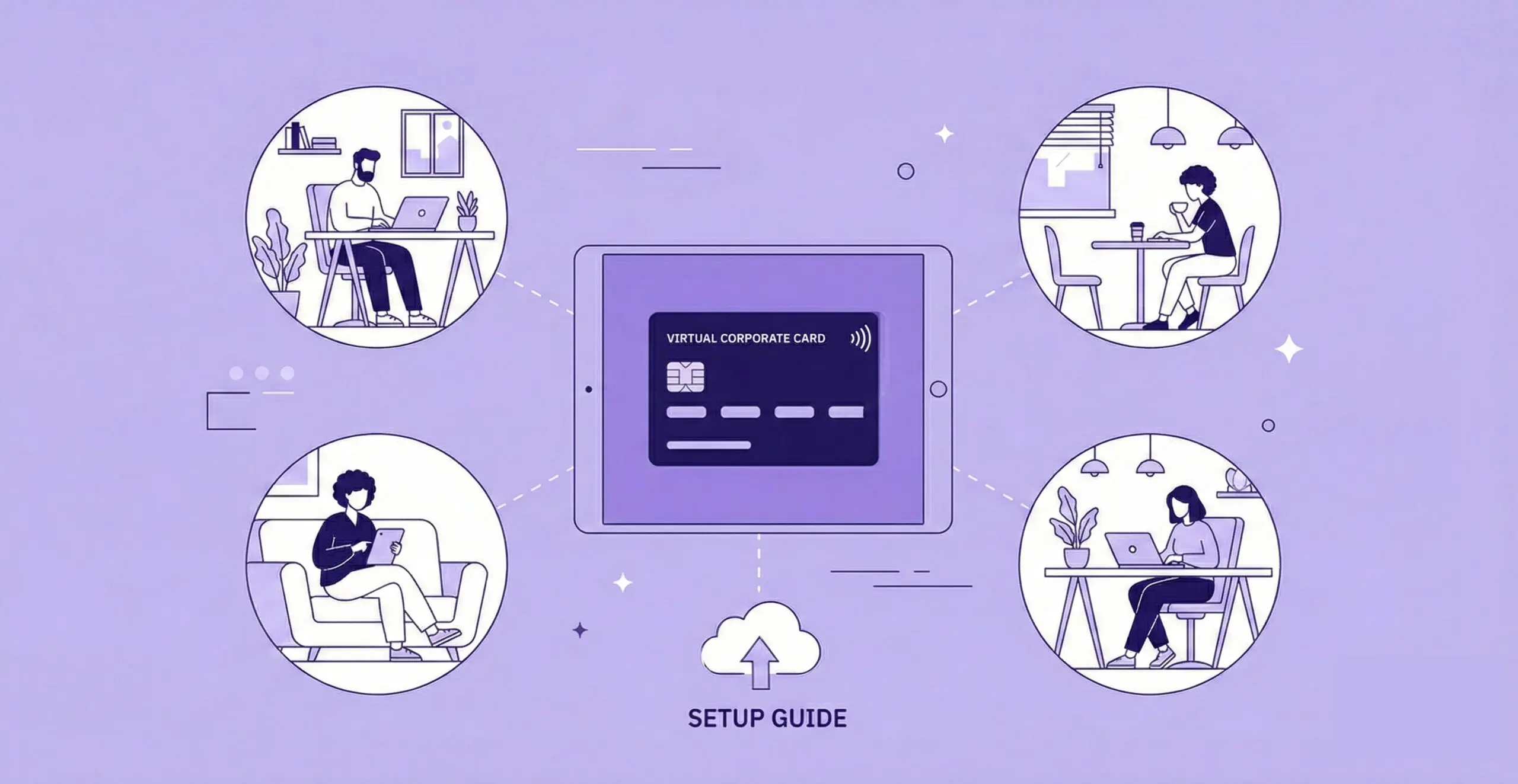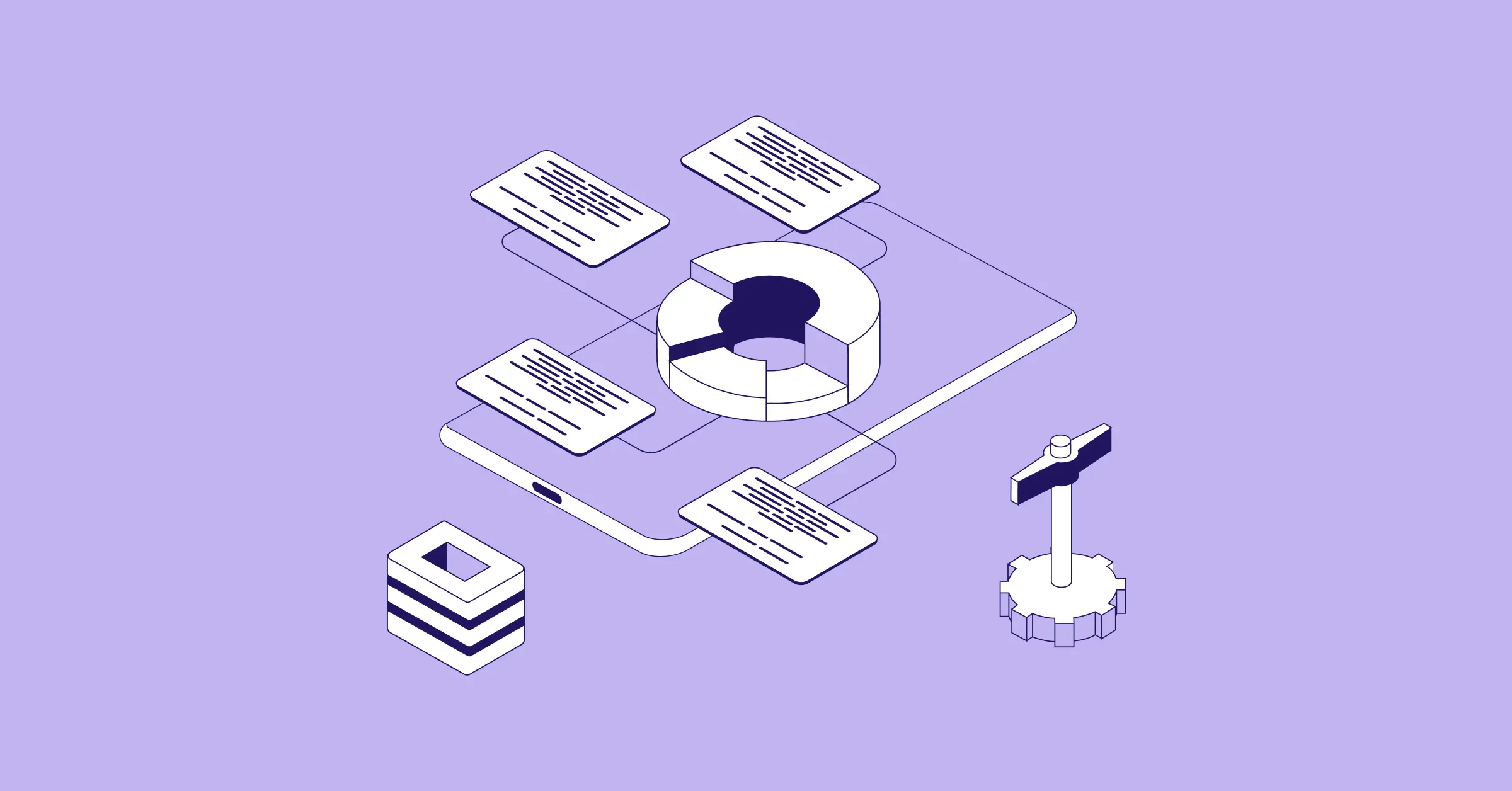October 02, 2023
Understanding Procurement Through a Digital Lens

Sign up for our newsletter
Stay informed with the latest trends and best practices in finance and procurement.

Evolution is an exponential process and in the context of business, procurement is undergoing a transformative revolution. As companies strive for efficiency, cost-savings, and adaptability, they are increasingly turning to technology to streamline the purchasing process.
The digitization of procurement promises to optimize the supply chain, empower employees, and facilitate data-driven decisions. Not only does this contribute to long-term success, it helps a business maintain greater visibility.
In this article, we explore the current evolution of procurement, including key challenges, top tools, and ways to harness its full potential in a digital environment.
The Big Lie
You’ve heard the buzzwords. A “centralized platform,” “integrated dashboards,” or “one solution for everything,” but how close to reality is this?
Is it possible we’ve been told a big lie?
There is an entire industry built around perpetuating the idea that a business can work with one tech provider, like SAP or Oracle, to solve all of its problems. However, a decentralized process may be more succinct than what we’ve been told.
Post World War II, the globalized society (which really took off in the 2000s), is now recalibrating. Socioeconomic changes like the pandemic have forced organizations to reexamine how they do business. The world was smashed into a million pieces during COVID, where workers were scattered, and once unified processes were chaotic at best.
So, how do you navigate such chaos?
It starts with a more dispersed approach. A business can have some core transactional platforms and then have core capabilities that you add. Operations are being redesigned in every way, and strategies look to “may the best tool win” over mediocre suites.
Rather than throwing people at problems in a crisis, there has to be a better way of working. This starts with a more streamlined focus on data exchange.
Seamless Data Exchange
The future is about creating a more seamless way of exchanging data and fostering an infrastructure that accommodates a variety of tools. In fact, a recent study found that 95% of businesses cite the need to manage unstructured data as a problem for their business.
Harnessing larger amounts of unstructured data and optimizing the exchange, allows an organization to gather more comprehensive information on ESG and risk. It also helps to streamline negotiations, facilitating decision-making on pricing.
The idea is that instead of having one sort of monolith solution that you’re just pouring data into, a business should look at connecting the multiplicity of sources at their disposal, and then making sure data is flowing freely between them.
Enhanced Employee Experience
The conventional wisdom is that the customer is always right, and should be at the center of the universe. They are supposed to be the most important element in the equation. If not them, then it must be suppliers.
Where do employees fit in? It’s possible that they are, in fact, the most critical aspect of all. The logic goes like this…if you have customer demand, but no supply, you can’t sell right away. But, if you don’t have anyone to run the cash register or work the stores, you can’t serve customers or suppliers at all. The buck stops there.
The Right Structure of Data
The focus is no longer on collecting big data and getting it to a warehouse. Procurement is more dispersed and indirect, where everyone is now a buyer. So, where do the tools need to be focused now? How can you meet employees where they’re at? There are two concepts to consider:
Supplier Data
Supplier data will streamline all of these tools. A business may have a core system with many moving parts, and it’s really the supplier data that’s the golden thread. It ties everything together.
Intuitive Tools
Why can’t we make it easier for employees to purchase right where they’re at?
For example, if you have a team member who is always working within a specific program and their laptop is dying, why not prompt the upgrade there? It makes no sense to create an entirely separate process with paperwork, approvals, manual labor, etc.
The message could read something like, “You have a MacBook Pro X, and this is the new model,” giving the employee the option to upgrade right there in the middle of their workflow. Although it seems disruptive, it’s a lot less confusing than an entirely new process.
Procurement can still set the standards and regulations for the type of equipment, but why not meet the employees in the platforms they are already using daily?
Upgrading employee equipment can be done in 60 seconds this way, and the team member can go on with their day. It’s the intuitive notion that’s lacking, and that’s where the focus of procurement should start.
AI Meets Procurement
One way for procurement to essentially be “everywhere at once” is to start thinking in terms of artificial intelligence and machine learning. AI streamlines the whole exchange between employees and procurement. Staff shouldn’t have to step outside of their systems to buy equipment when algorithms can bridge the gap.
When procurement does an effective job, they’re not seen; they’re in the background. Buying a new laptop doesn’t need to be touched by a procurement person, when it can be a simple prompt on the employee’s screen.
How does this happen?
Capturing Demand
We need the ability to capture demand. This means a deeper understanding of what employees need, who’s supplying the laptops, and how we can get the distributor that information.
Algorithmic Intelligence
A business needs a Netflix-type algorithm that understands when employees need something and makes the best possible suggestion. It’s really not their job to go search for a new laptop when the old one is failing.
One way to do this is to compress the 30 or 50-field intake forms that are required for purchasing and collapse that into a single question, with a follow-up. That’s what good algorithms do. Let the staff members focus on what they’re being paid for, and leave the rest to the smart systems.
The New Role of Procurement
Procurement is moving from cost to profit centers, where teams are value orchestrators who architect smarter systems. Somebody has to start doing the research to understand where equipment is shipped from, and who needs what, exactly when.
Risk Management
Risk management is also becoming a more important aspect of procurement. Procurement needs to research the entire supply chain for each vendor to understand exactly where products are coming from, who is responsible for what, and how to mitigate the major risks. This is the data that feeds future algorithms.
ESG Initiatives
Sustainability is another factor that’s falling on the shoulders of procurement. They should have an in-depth understanding of the carbon footprint of the products purchased for staff. In other words, are they purchasing sustainably? How long will a laptop last before it needs to be replaced? How much money can be saved by waiting to upgrade vs. immediate replacement?
Strategic Thinking
These complex questions lead to an analogy. If procurement was an assembly line of people being replaced by robots in a factory, what would be their next move? Intelligence seems the most logical step. These workers would have to move up into the supervisor’s office to observe what’s happening on the floor.
The jobs of procurement would evolve into overseeing the robots and refining the process. In an even broader sense, procurement could be focused on expansion and building a network of manufacturing centers. The point is that value has been added to their positions, and the remedial work can now be performed by machines.
Procurement has changed from bolting the siding together to making sure the robots are doing it and guessing where the systems will fail. The orchestration between machines and the data infrastructure is now the most important role of procurement.
Offering Choices
The more background knowledge procurement gathers, the more choices they can offer employees. For example, your work phone is functioning fine, but the contract is up, and you have the option to upgrade. However, with the right data, procurement might give you a choice between an upgrade or keeping the old phone a little longer and taking a carbon offset.
Ultimately, the role of procurement is to bring all of these aspects together to enable different choices for staff. It’s not about them getting a new laptop or phone, it's more about understanding the context in which employees need to buy, and having the data to give them options.
Understanding a Culture of Digital
The new job of procurement is to understand the art of the impossible. The idea is to learn and understand these concepts from people looking at the technology unconstrained. The global generative AI market size will reach $51.8 billion by 2028, however, managers and leaders don’t always effectively understand its power. It’s up to the people on the ground to lead the way.
This really infers that procurement has to get good at third-party data exchange in order to mitigate risk and drive ESG initiatives. They must work on understanding a culture of digital and viewing issues through that lens.
For example, many companies avoid new AI platforms like ChatGPT because of confidential data. However, that doesn’t absolve them from understanding the technology. This is exactly how companies are missing the boat on digital culture.
You do not have a culture of digital if employees are not enabled at every step of their job. You must give them the opportunity to take chances and try new things. Being stuck in a “universal dashboard” is a nightmare for employees because it lacks context.
There is no space to innovate if everyone is forced to use Microsoft Office. While it might work for some, it won't work for all. This leads to a culture of acquiescence to the status quo. Nobody really wants to fight the workflow, but is it really working effectively? Everyone is just going about their business, doing their own thing.
Changing the Culture of an Organization
In an organization that avoids digital change, the transactional system is often their biggest pain point. The challenge becomes, how do you layer one piece of technology over another, and then some? How do you create wins from such chaos? These tools are designed to promote spend visibility but if they’re not being layered correctly, it can do the exact opposite.
If a business has point solutions layered on top of a source-to-pay platform, team members should be consistently auditing the workflows. Go down the line of solutions and examine which ones are not giving you the data needed.
Don’t rip and replace contract modules. Rather, innovate new ways to reduce pain points, without disrupting the entire system. For procurement, this means integrating, automating, and minimizing the intake process as much as possible.
Fear-Based Decision-Making
Today, even with gen AI, companies are still ending up with tools that employees aren’t using. Where is the disconnect with all of this data? Executives buy the technology suite out of fear.
And of course, the brands selling package deals are already propped up by systems integrators, analysts, and other tech companies who are all paying each other. It’s almost circular reasoning.
You can’t always blame C-suites for buying into the system. It was set up that way, and in many instances, the benefits cases are wildly overstated. This creates an even smaller echo chamber for decision-making.
Changing the culture of an organization starts with ending fear-based decision-making, and replacing it with innovation.
Old Procurement Constructs
Changing the culture of an organization also requires rethinking the old ways of doing things. And these can be big things. Certain formalities and constructs within procurement that have been built over the years (some of them heavily accepted) should be reconsidered. This includes:
- Purchase Orders (PO)
- Request for Proposal (RFP)
- Purchase Requisition (PR)
- Intake forms
These are all ways of doing things that have been reinforced throughout the years over and over again. Tons of technology has been built around these concepts. However, that doesn’t mean technology is also being built through them.
For example, what is the actual purpose of a PO in today’s world? It’s a document assuming we couldn’t actually get the intake data we needed or figure out exactly what the user wanted. So then we make a copy and paste, or worse, re-enter the data into a system. The more this happens, the less authentic the document becomes.
Generative AI disrupts the whole idea. Younger companies can start from scratch and don’t have to think in a compartmentalized fashion. It’s reimagining the constructs of writing up extensive documents like POs and RFPs, and replacing it with automation.
What Building Resiliency Actually Means
Everyone has a perspective on resiliency, but it’s not about advocating for an Op model. A business needs to look at disaster management and the systems built around that. What happened during COVID and how did successful companies come out of it?
Consider this the Boom framework. You’re going to have a boom eventually, but how a business responds makes all of the difference. Left of the boom is planning activities, and to the right is reacting. It’s not necessary to wait around for another event to take place, before taking action.
Demand leaders and consumer product companies are one example of forced resiliency. Sustainability objectives are hoisted on them by consumers. There’s not really a big choice in the matter. When the demand wants it; the customer wants it, and changes must happen.
Startups and the Future of the Industry
In business, who is really driving the trend of generative AI? Is it the startups or the Fortune 500s? There has to be a way to gauge the risk of this trend, but you have to figure out who’s driving it first. There’s a tremendous amount of hype, which makes it hard to determine what’s actually real. Innovation has exploded.
In 2017, there were approximately 100 startups in the procurement automation space. That number has skyrocketed to over 4,000, and counting. As the market floods, the key players are changing from venture capital funded to corporate venture arms. VCs private equity has gotten into the mix. With these types of investments, the train speeds on.
The hype was unfiltered before gen AI, and now it’s louder than ever. It seems like every day, someone is adding another AI tool. This helps to cut the barrier of entry for new brands, but it also makes the market highly competitive.
Companies that are just starting out, are building their tools brand new on gen AI versus adding it later on. Thus, there will be a continuous contraction and growth in the industry. Growing pains, if you will. Not one company can control the movement, because it's an unharnessed market.
So, what do we do? Stitch something together and call it a win? No. It starts with process orchestration and the right data providers.
Summing it Up
Evolution is happening faster than ever. Today, 70% of organizations either have or are working on a digital transformation strategy. Additionally, global spending on revolutionizing processes, business models, and integrating tech into all aspects of the business is expected to reach $3.4 trillion by 2026.
Generative AI and intelligent technology have demonstrated time and again that the “one-size-fits-all” solution is not much more than an expensive gimmick. As creative platforms continue to take the win, more companies are getting on board with a disjointed concept.
It’s not about getting one tool that does it all, but the proper tools, layered in the right way, to elicit the highest amount of cost savings. It also requires everyone’s cooperation. C-suites need to be more open to innovation and employees must be open to new workflows (eliminating old constructs simultaneously).
Today’s procurement is shaped by digitization, sustainability, strategic sourcing, and supplier relationships. Evolution is an ongoing process and embracing a digital culture is not just an option, but a necessity. The chaos that often accompanies procurement can be tamed through high-quality, generative AI solutions. This offers a business increased efficiency, greater transparency, and competitive agility.
By leveraging the right technology, procurement teams can navigate the turbulent seas of point-based solutions, and set sail towards a future of sustainable growth and success.


